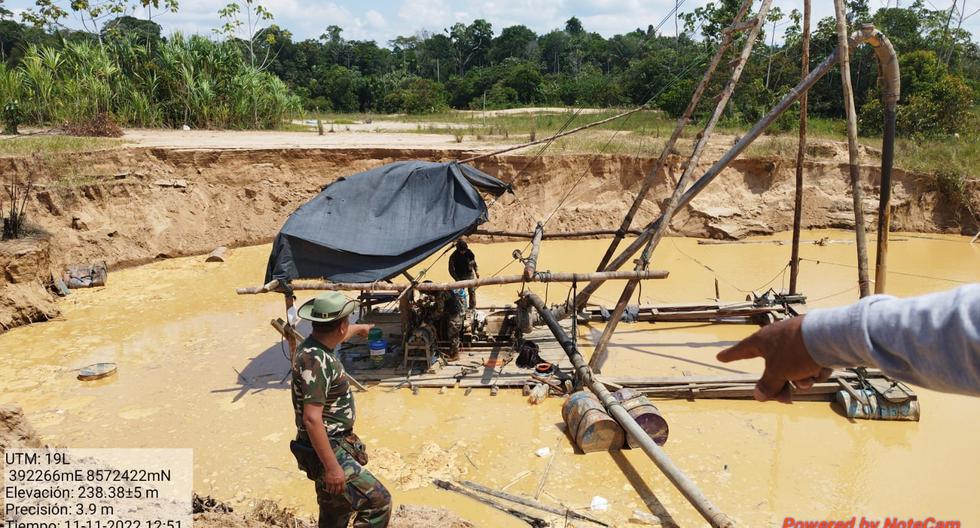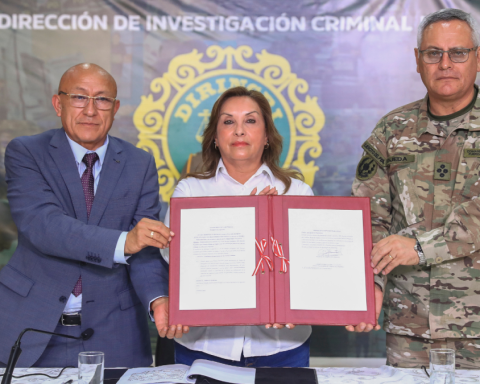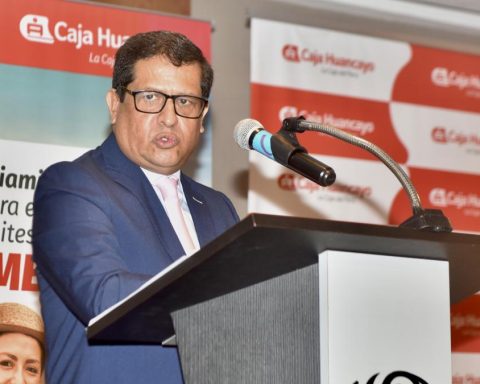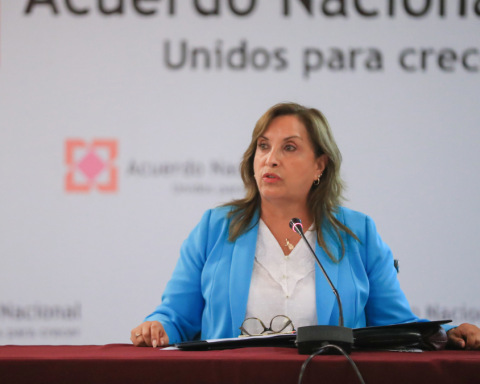A complex enemy to combat in Peru is the illegal minery, a business that moves millions of soles, that irreparably contaminates the soil and rivers and that operates hand in hand with other criminal activities, such as drug trafficking and human trafficking. Throughout 2022, the National Police made 556 arrests for this activity and seized S/871,000 in more than 1,200 operations, according to records from the Environment Directorate (Dirmeamb). Important figures, although, as a State, there is still a lot to do.
“Illegal mining is established based on two fundamental assumptions: the first is to carry it out in a prohibited, unauthorized area; and the second is to generate a serious alteration of the environment, ”he commented to Peru21 Colonel PNP Luis Guillén Polo, head of the Dirmeamb.
Although illegal mining proliferates throughout the entire national territory, the hardest hit areas are the province of Condorcanqui in the Amazonas region, as well as Pataz in La Libertad and Puerto Maldonado in Madre de Dios. All for the extraction of gold.
:quality(75)/cloudfront-us-east-1.images.arcpublishing.com/elcomercio/JVU43ILGERDJBNZKRMPLFZZ2VY.jfif)
Position. “The ban is not going to put an end to illegal mining,” remarked Luis Enrique GUILLEN POLO, head of the Police Environment Department.
The main chemical inputs used, explained Colonel Guillén, are cyanide and mercury, a highly polluting agent that enters irregularly through the southern part of the country, through Bolivia, to be later distributed nationwide. This year, the National Police seized more than 2,600 kilos of mercury, valued at S/86,499.
Also, depending on the form of extraction, explosives and detonators are used that are derived from illegal mining. In 2022, it was possible to seize about 23,000 explosives, ammunition and other elements with a value of S/457,643.
“The important and relevant effect in all this (illegal) activity is the environment, it is the legal asset protected by the State. However, like any crime, it also brings a problem of economic consequence, because this gold is illegally extracted and introduced into the system and often exported to other countries,” Guillén pointed out.
:quality(75)/cdn.jwplayer.com/v2/media/VKvWLAd1/poster.jpg)
“In other words, it is bigger than what drug traffickers handle, illegal logging or human trafficking,” he asserted.
WORKING TOGETHER
Colonel Guillén remarked that it is necessary to readjust the budget and logistics issue to make it better against illegal mining, but he also stressed that it is a multisectoral job with other State entities. After all, it is a social problem.
“The ban is not going to put an end to illegal mining definitively. It is joint work that the different sectors involved in the fight have to do,” he said.
Another area where this scourge is increasing is in Loreto, in the Putumayo, Napo and Alto Nanay areas; where access is mainly by waterway.
“(There) we have the presence of the famous ‘pequedragas’ that are carrying out this type of activity in the rivers. And there is also a problem there: the Nanay River provides drinking water to the city of Iquitos. So, these rivers, when they see themselves contaminated by mercury, are generating a great impact against the population of that town,” Colonel Guillén asserted.
“We are making the necessary efforts, but if it doesn’t stop, it will grow more and more and the polluting effect is definitely a concern,” he added.
RECOMMENDED VIDEOS:
:quality(75)/cdn.jwplayer.com/v2/media/q60zWPvZ/poster.jpg)

















